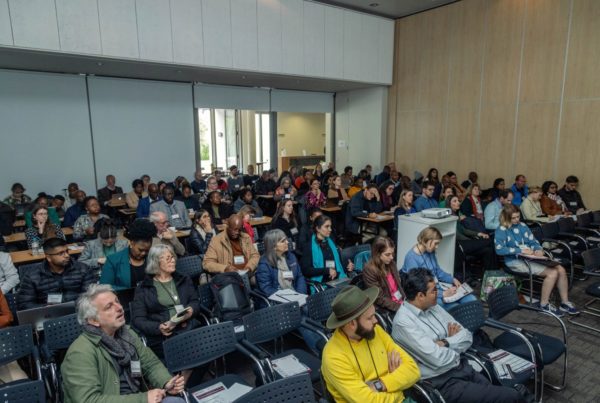Candidate: Marisa von Fintel
Supervisor: Professor Servaas van der Berg
Co-supervisor: Doctor Rulof Burger
Institution: Stellenbosch University, Faculty of Economic and Management Sciences, Department of Economics
Abstract:
Twenty years after the end of apartheid, South Africa remains one of the most unequal countries in the world. Socio-economic polarisation is entrenched by the lack of social capital and interactions across racial and economic divides, blocking pathways out of poverty. This dissertation examines social mobility and cohesion in post-apartheid South Africa by considering three related topics.
Chapter 2 of the dissertation examines the impact of school quality on the academic performance of disadvantaged learners as one of the most important enforcing factors perpetuating the social and economic divides. Given the historic racial and economic stratification of the South African public school system, many black children are sent to historically white public schools as a way to escape poverty. Using longitudinal data, this chapter estimates the effect of attending a historically white school on the numeracy and literacy scores of black children. The main challenge is to address the selection bias in the estimates, for which a value-added approach is implemented in order to control for unobserved child-specific heterogeneity. In addition, various household covariates are used to control for household-level differences among children. The results indicate that the attendance of a former white school has a large and statistically significant impact on academic performance in both literacy and numeracy which translates into more than a year’s worth of learning. The main finding is robust to various robustness checks.
In Chapter 3 the dissertation examines social cohesion by considering the concept of reference groups used in the evaluation of relative standing in utility functions. The chapter develops a model in which various parameters are allowed to enter the utility function without linearity constraints in order to determine the weight placed on the well-being of individuals in the same race group as the respondent versus all the other race groups living in one of three specified geographic areas. The findings suggest that reference groups have shifted away from a purely racial delineation to a more inclusive one subsequent to the country’s first democratic elections in 1994. Although most of the weight is still placed on same-race relative standing, the estimates suggest that individuals from other race groups also enter the utility function. The chapter also examines the spatial variation of reference groups and finds evidence that the relative standing of close others (such as neighbours) enter the utility function positively while individuals who live further away (strangers) enter the utility function negatively.
Finally, Chapter 4 provides a summary of the dynamics of income in South Africa, using longitudinal household data. Chapter 4 is aimed at separating structural trends in income from stochastic shocks and measurement error, and makes use of an asset-based approach. It first estimates the percentage of individuals who were in chronic poverty between 2010 and 2012 and then estimates the shape of structural income dynamics in order to test for the existence of one or more dynamic equilibrium points, which would be indicative of the existence of a poverty trap. The findings do not provide any evidence i for the existence of a poverty trap. In addition, contrary to earlier findings, the results do not provide evidence for the existence of an asset-based threshold at which the structural income accumulation paths of households bifurcate. Instead, the results seem to indicate the existence of a threshold beyond which structural income remains persistent with very little upward mobility. The robustness of the results is confirmed by making use of control functions in order to correct for any measurement error which may exist in the data on assets.
DOWNLOAD PDF





